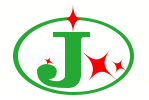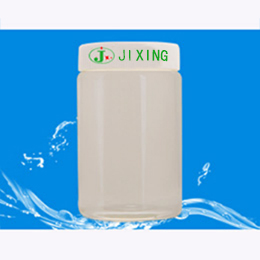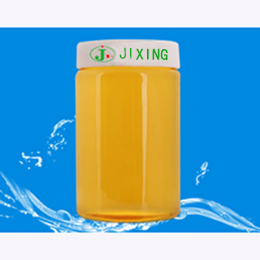Source:http://en.jixingchem.com/index.php?m=home&c=View&a=index&aid=54 Release time:2020-08-01 18:33:49
The safety requirement of textile auxiliaries is a necessary index for the selection of textile auxiliaries. The basic safety requirements of textile auxiliaries are introduced.
(1) No VOC (no volatile organic compounds);
(2) No FA or low fa (no formaldehyde or low formaldehyde);
(3) No DS (no dangerous chemicals);
(4) No eh (no environmental hormone);
(5) No perfluorooctane sulfonic acid and perfluorooctane sulfonic acid (no perfluorooctane sulfonate, sulfonate and perfluorooctanoic acid);
(6) No AOX (no adsorbable organic halides)
The development trend of textile safety requirements in the market is put forward, and the new trends of banned and limited chemicals in textile auxiliaries are further elaborated
(1) The restrictions on polyhalogenated dibenzo-p-dioxins and polyhalogenated dibenzofurans are stricter;
(2) Ban fluorinated greenhouse gases;
(3) There are new restrictions on flame retardants.
Safety requirements and new development of textile auxiliaries
A variety of chemicals are used in the production and processing of textiles. Textile auxiliaries are the most widely used in both type and quantity analysis. According to incomplete statistics, the annual output of world textile aid exceeds 4.5 million tons, with nearly 100 varieties, about 16000 varieties, and annual consumption of about 4.3 million tons. Many textile auxiliaries contain or produce chemicals that are harmful to human health and ecological environment. When people use and wear textiles and clothing containing these textile auxiliaries, the harmful substances left in textiles will cause harm to human health and ecological environment. Therefore, many countries and organizations in the world have done harm to all kinds of textiles. Detailed toxicological and ecotoxicological studies have been carried out on excipients, and regulations prohibiting and restricting textile excipients have been promulgated, mainly in Europe.
According to the rough statistics of banned and restricted textile auxiliaries in the market of various countries, there are more than 18 kinds of textile auxiliaries banned and restricted in the international market. Although they are aimed at the safety and ecological requirements of ecological textiles, namely textile auxiliaries, according to the requirements of the international market, general textiles cannot contain harmful chemicals. Otherwise, the textile with the highest technical quality is still a safe or unqualified product.
Basic safety requirements for textile auxiliaries
At present, the international market puts forward strong requirements for the safety and ecology of textiles. No matter how much these requirements are imposed by different certification systems and textile enterprises, in order to facilitate consumers' identification and purchase, there are basic requirements for the safety of textiles, that is, to meet the following six requirements:
(1) No VOC (no volatile organic compounds);
(2) No FA or low fa (no formaldehyde or low formaldehyde);
(3) No DS (no dangerous chemicals);
(4) No eh (no environmental hormone);
(5) No perfluorooctane sulfonic acid and perfluorooctane sulfonic acid (no perfluorooctane sulfonate, sulfonate and perfluorooctanoic acid);
(6) No AOX (no adsorbable organic halides).
This is also the basic safety requirements for textile auxiliaries used in domestic and foreign markets, that is, for the general consideration of environmental protection and human health, textile auxiliaries should not contain VOC, FA, DS, AOX, eh, perfluorooctane sulfonic acid and PFOA.
 Simplified Chinese
Simplified Chinese



